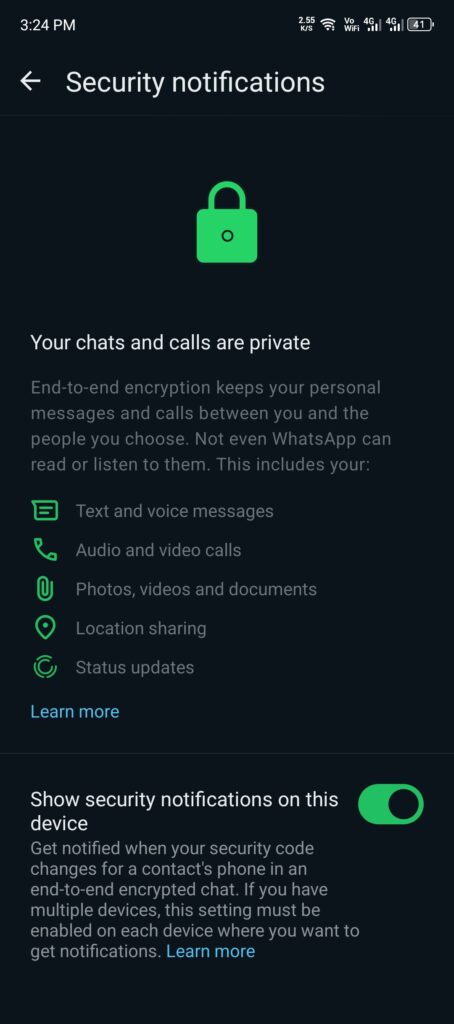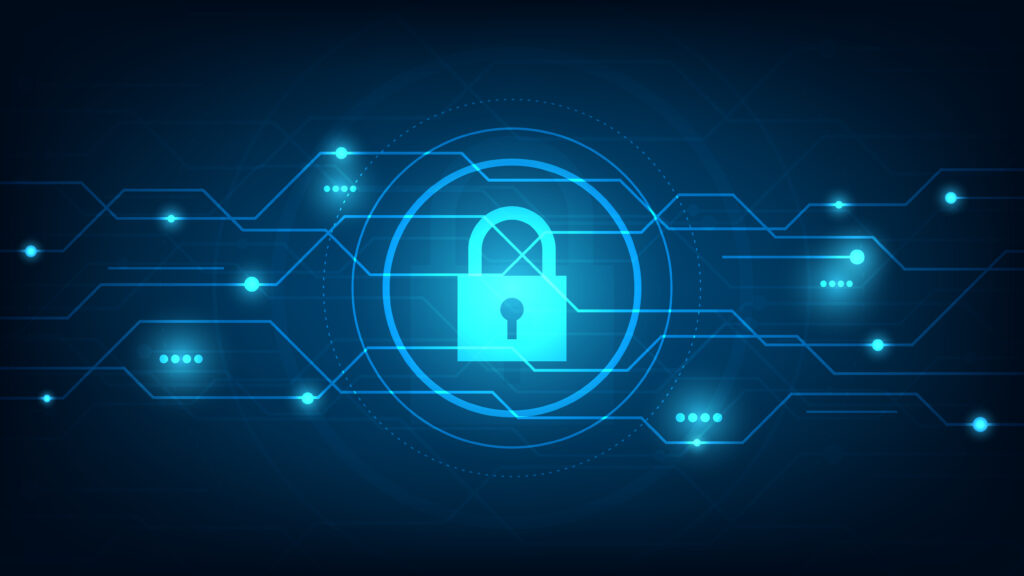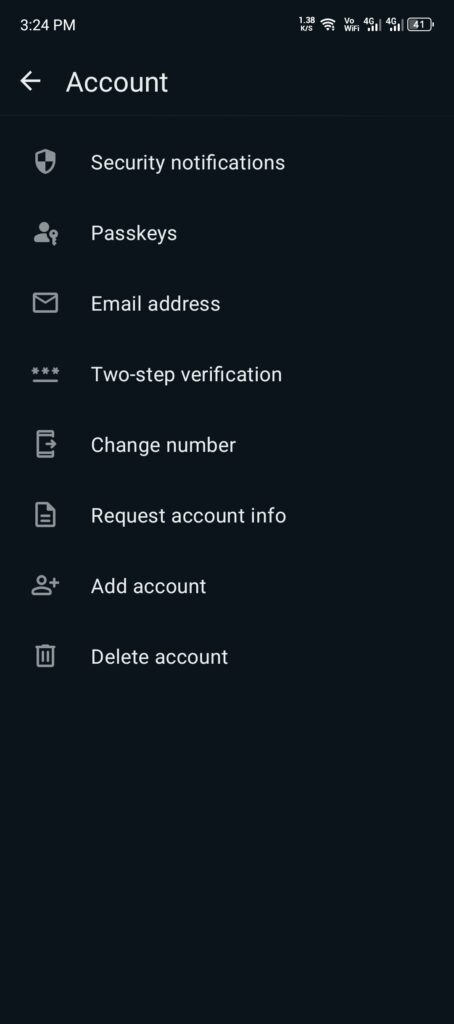No, the government cannot read our WhatsApp data. Instead, it uses grey
ticks that turn blue when the receiver reads the message. So, any picture
showing red ticks on WhatsApp and government monitoring is entirely fake.
The government made it clear that they do not monitor private messages on
WhatsApp or any other social media platform.
Understanding End- to- End Encryption and Government

Access:
In the era of digital communication, concern about privacy increase day by
day. Privacy is not just about hiding wrongdoing it’s all about maintaining
control over your personal information and digital identity. WhatsApp the
most popular messaging App, has positioned itself as a champion of user
privacy through End-to-End encryption technology. All communications are
securely protected with end-to-end encryption. Now the question is whether
government can access this encrypted conversation or not. This article will
delve into the mechanism of WhatsApp’s encryption, and the ongoing issue
about privacy versus security.
What is End-to-End encryption technology:

Firstly, we have to understand the end-to-end encryption technology. The
content of all messages sent using WhatsApp are protected by the same
signal encryption protocol that secures messages before they leave your
device, which ensures only you and the person you are community with listen
to or read what you ae sending, and nobody in between not even WhatsApp.
Message content is only kept on your phone. It ensures that messages are
scrambled during transmission, it’s like sending a sealed letter which only the
intended recipient can open it.
It means neither WhatsApp or any third-party including governments can read
the contents of your chat. This provides high level of privacy for users. The
recipients recover the encrypted data and decrypt it themselves.
Government access to WhatsApp data:

While WhatsApp end-to-end encryption technology protect the content of
your messages, it is important to understand that government have various
tools and legal mechanism to access certain type of data.
Metadata: This information include details about your messages such as
when they are sent, received, and who the participants were. It provides
information about other data but not the content of the data itself such as the
text of a message or the image itself. Law enforcement agencies can obtain
metadata through legal processes.
Legal Compulsion: Sometimes government can compel WhatsApp or
other tech companies to disclose user information such as account details
and IP address through legal orders and warrants.
Device Access: If the Government agency has physically access to your
device so they can extract data, including WhatsApp messages even if they
are end –to- end encrypted.
Misinformation and Rumors:
The new message has been circulating on social media lately, claiming that
the government could monitor WhatsApp chats and take action against users.
First of all, users need to know that it is a ‘fake’ message and no such
guidelines have been released by the government. So, there is no government
surveillance on WhatsApp.
Protecting your privacy:
You can take following steps to protect your privacy:
➢ Consider two factor Authentication
➢ Limited shared information
➢ Keep your software update
➢ Beware of suspicious link and messages

Conclusion:
WhatsApp End-to-End Encryption provide strong protection for users’
communication, proved as safeguard against government surveillance. It
protects the content of messages. Stay informed about privacy laws,
practicing good digital hygiene and being aware of the limitations of
encryption ae essential steps to protect your online privacy.
